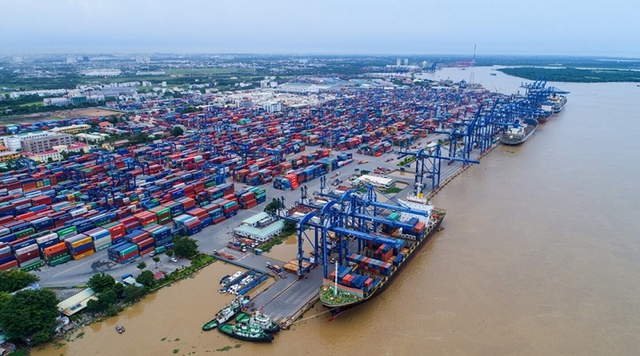USAID helps reduce congestion at Viet Nam’s busiest container port
VGP - The U.S. Agency for International Development (USAID) and the General Department of Viet Nam Customs (GDVC) on May 19 announced an action plan for reducing congestion at Cat Lai Terminal in Ho Chi Minh City.

Cat Lai Terminal
The action plan, unveiled at a workshop co-organized by USAID and GDVC, contains 21 recommendations to help enhance the capacity of the port.
Before COVID-19, the port was operating at full capacity, with demand as measured by container volume expected to double by 2030.
Easing congestion at Viet Nam's ports will become increasingly important as trade rebounds in the post-COVID-19 environment, said USAID/Viet Nam Mission Director Ann Marie Yatishock.
The Cat Lai Port Pre-Feasibility Study conducted by USAID recommends an action plan for Viet Nam's busiest container port to help position it to handle a projected surge in container volume, she added.
This effort reaffirms the USAID's ongoing commitment to support the Government of Viet Nam in its efforts to facilitate trade and investment and increase its competitiveness, stressed Ann Marie Yatishock.
Approximately 4.9 million 20-foot containers (TEUs) are handled in Ho Chi Minh City each year, which equates to about three million trucks, or more than 8,000 trucks per day transiting in and around the city to discharge or load containers from the port area.
Cat Lai Port handles over 92 percent of this volume and roughly 50 percent of the country's total container volume.
